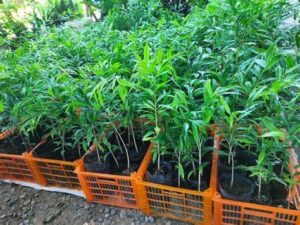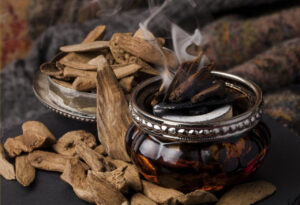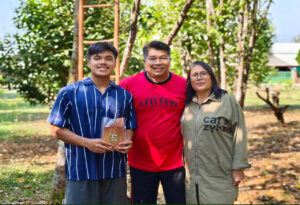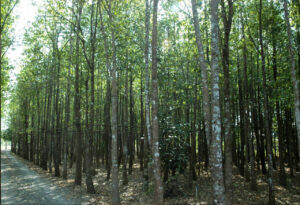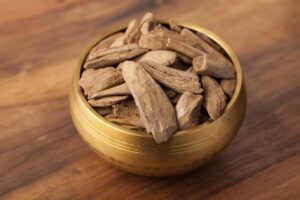Agarwood Seedlings
Agarwood, known for its captivating aroma and numerous medicinal properties, has garnered immense interest for centuries. But the journey of agarwood begins with its humble seedlings. These seedlings, originating from the Aquilaria species, mark the initial stage in the life cycle of the valuable agarwood tree. Through careful cultivation and nurturing, these seedlings eventually mature into trees that yield the coveted agarwood resin.
Understanding Agarwood Seedlings
Introduction to Aquilaria Agarwood Seedlings
Aquilaria seedlings represent the foundation of agarwood production. They hold significant potential, eventually developing into mature trees that produce the highly sought-after resin (Agarwood).
Importance of Aquilaria Seedlings
Aquilaria seedlings play a crucial role in ensuring a sustainable supply of agarwood. Cultivating these seedlings also contributes to environmental conservation and biodiversity preservation.
Cultivating Aquilaria Seedlings
Selecting High-Quality Seeds
Begin the cultivation process by sourcing fresh, viable Aquilaria seeds from reputable suppliers. Opt for seeds obtained from healthy parent trees to ensure optimal growth.
Germination and Growth
Provide optimal growing conditions, including warm temperatures and well-draining soil, to facilitate the germination and growth of agarwood seedlings. Maintain consistent moisture levels and protect seedlings from pests and diseases.
Nurturing Seedlings
Regularly monitor and care for agarwood seedlings, ensuring they receive adequate water, sunlight, and nutrients. Implement preventive measures to safeguard against common issues such as root rot and fungal infections.
Benefits of Agarwood
Fragrance and Therapeutic Properties
Agarwood is renowned for its distinct fragrance, making it a valuable ingredient in perfumery and aromatherapy. Additionally, it boasts therapeutic properties, including stress relief and relaxation.
Cultural Significance
Beyond its commercial value, agarwood holds cultural significance in various societies, often used in religious ceremonies and traditional rituals.
Agarwood Production and Business Feasibility
Feasibility Study
Conduct a feasibility study to assess the viability of agarwood production as a business venture. Consider factors such as investment costs, maintenance, and potential returns on investment.
Business Opportunities
Agarwood production presents lucrative business opportunities, particularly in regions with suitable climates for cultivation. Explore various cultivation techniques and market demands to capitalize on this niche market.
Aquilaria seedlings serve as the cornerstone of agarwood production, laying the groundwork for the cultivation of this valuable commodity. By understanding the cultivation process, nurturing seedlings, and exploring business opportunities, individuals can contribute to the sustainable growth and utilization of agarwood resources.
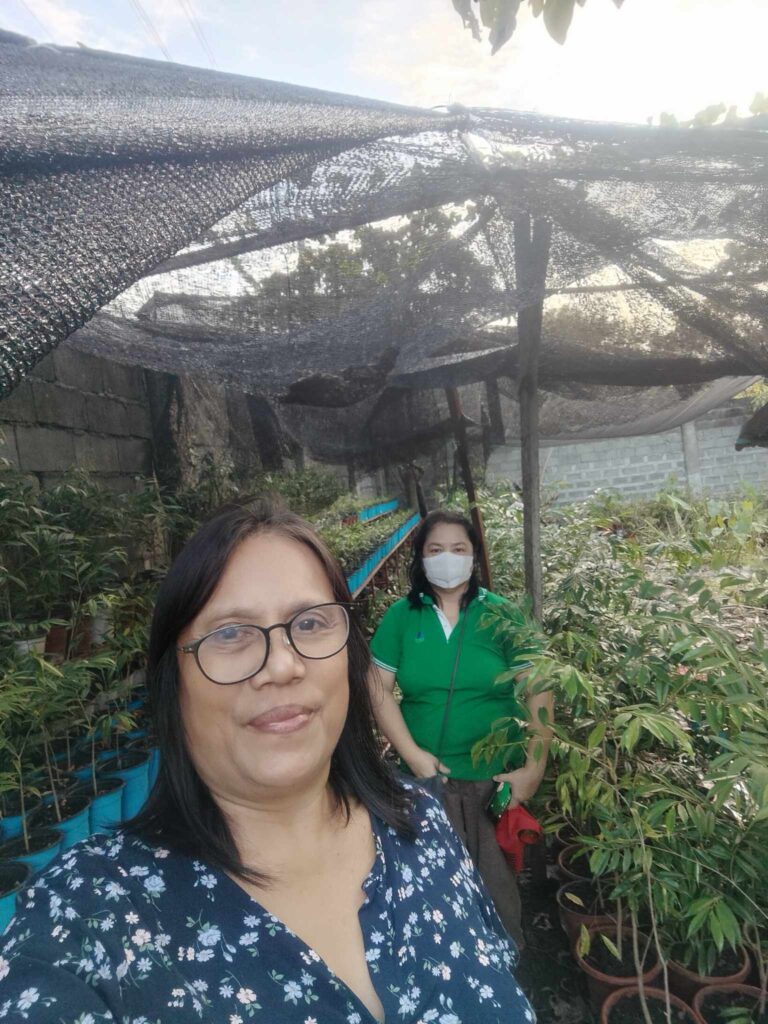
Ideal Growing Conditions
Agarwood seedlings thrive in warm, tropical climates with ample sunlight and well-draining soil. Maintain a consistent temperature range of 25-35°C for optimal growth.
Germination Process
To kickstart the germination process, soak agarwood seeds in water for 24-48 hours. Subsequently, plant them in nutrient-rich soil, ensuring adequate moisture levels.
Nurturing Agarwood Seedlings
Once the seeds have germinated, it’s crucial to provide proper care to foster healthy seedling growth.
Watering and Moisture
Avoid overwatering, as excessive moisture can lead to root rot. Instead, water agarwood seedlings sparingly, keeping the soil slightly moist but not waterlogged.
Soil Requirements
Agarwood seedlings prefer well-draining soil with a slightly acidic pH level (pH 6.0-6.5). Consider incorporating organic matter to enhance soil fertility.
Protection from Pests and Diseases
Implement preventive measures to safeguard agarwood seedlings from pests and diseases. Regularly inspect the plants for signs of infestation and treat promptly if necessary.
Transplanting Agarwood Seedlings
As agarwood seedlings outgrow their containers, it becomes necessary to transplant them into larger pots or directly into the ground.
Timing and Preparation
Wait until agarwood seedlings have developed a robust root system before transplanting. Prepare the transplant site by loosening the soil and incorporating compost for added nutrients.
Transplanting Techniques
Carefully remove seedlings from their original containers, taking care not to damage the roots. Plant them at the same depth as they were previously growing and water thoroughly after transplanting.
Care After Transplanting
Monitor transplanted agarwood seedlings closely, ensuring they receive adequate water and sunlight. Protect them from strong winds and extreme weather conditions during the initial period of adjustment.
Pruning and Shaping Agarwood Seedlings
Pruning plays a crucial role in shaping agarwood seedlings and promoting desirable growth patterns.
Importance of Pruning
Pruning encourages branching, enhances air circulation, and removes dead or diseased foliage. It also helps maintain an aesthetically pleasing shape.
Techniques for Shaping
Use clean, sharp pruning shears to carefully trim excess growth and shape agarwood seedlings according to your desired aesthetic.
Monitoring Growth and Development
Regularly assess the progress of agarwood seedlings to ensure they’re on track for healthy development.
Signs of Healthy Growth
Healthy agarwood seedlings exhibit vibrant green foliage, sturdy stems, and vigorous growth. Monitor for any signs of distress, such as wilting or yellowing leaves, and take corrective action promptly.
Troubleshooting Common Issues
Address common issues such as nutrient deficiencies, pest infestations, and fungal infections promptly to prevent them from impacting agarwood seedling health.
Harvesting Agarwood from Mature Trees
While the focus of this guide is on agarwood seedlings, it’s essential to understand the eventual outcome of nurturing these seedlings to maturity.
Signs of Maturity
Mature agarwood trees typically reach a height of 15-20 meters and exhibit dark, resinous heartwood. Harvesting is typically conducted once the resin has accumulated sufficiently within the tree’s core.
Harvesting Techniques
Employ careful harvesting techniques to extract agarwood resin without causing harm to the tree. This process requires precision and expertise to ensure a sustainable yield.
Agarwood seedlings serve as the foundation for cultivating these valuable trees, ensuring a sustainable supply of agarwood resin. By understanding the cultivation, nurturing, and eventual harvesting process, enthusiasts can contribute to the conservation and preservation of this precious resource.

